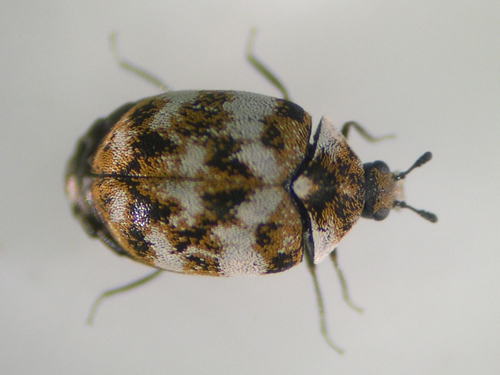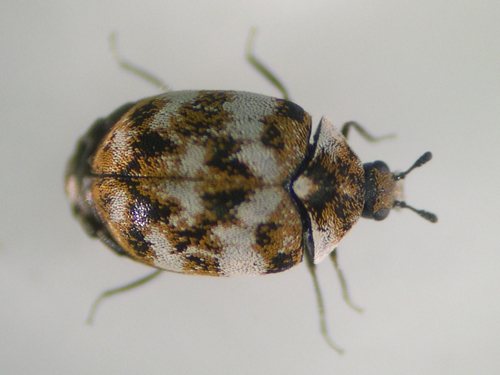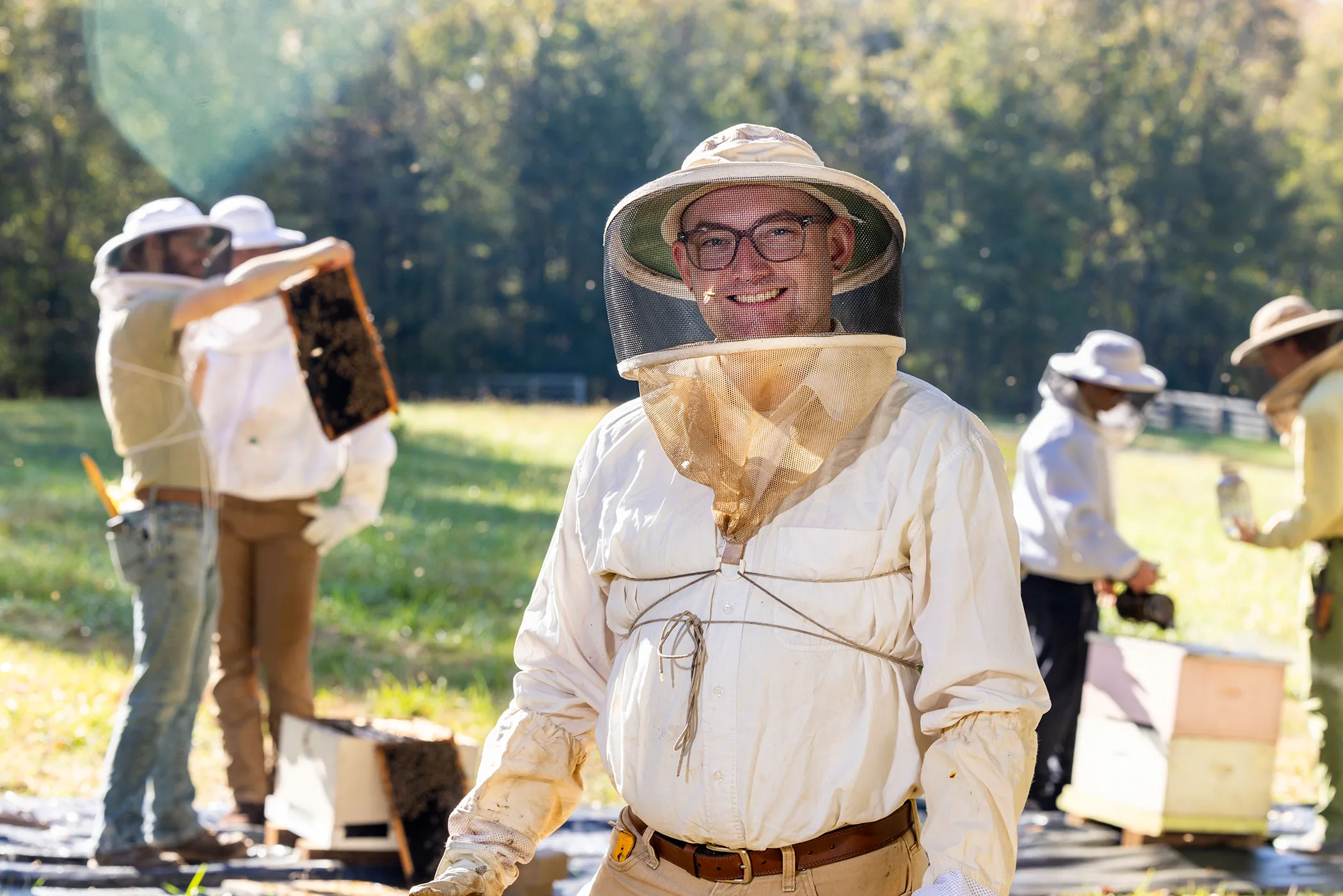As temperatures begin to drop, people head indoors. Unfortunately, insects like to stay warm, too, and often choose our homes as refuge.
“We are getting cold snaps at night, and it triggers insects to find some place to come inside for the winter,” said Dan Suiter, a University of Georgia Extension entomologist. “They are just reacting to external conditions.”
Caulk and spray
To help keep pests from picking your home as a winter retreat, Suiter says inspect your home for openings that insects use as entryways. Seal any cracks and crevices with caulk, or fill them with steel wool.
As an extra precaution, spray an insecticide around the perimeter or your home, especially to those areas on the structure where they might enter.
“It’s not a bad idea to do some spot applications of insecticides. This way when the insects encounter those deposits they will be exposed to the insecticides and be killed,” Suiter said.
Lady beetles and roaches
Multicolored Asian lady beetles are the most common unwelcomed houseguests this time of year. In the summer months, these beetles are a welcome sight in gardens as they eat aphids, a pest of many vegetable plants and ornamentals.
“They are great for biological control, but in the fall they start coming indoors and it’s a different story,” Suiter said.
Probably the most unpopular pests of homeowners is often found scurrying across kitchen floors at night – the smokybrown cockroach. Just one cockroach egg capsule holds about 15 to 18 eggs and a female lays one per week in her six-month life.
“There are peak populations this time of year. It came from Japan, and it’s been here a long time,” Suiter said. “It’s really desiccation susceptible, so it’s especially in areas where relative humidity is very high.”
Suiter said many urban pests are indicators of more severe problems.
“Usually, it’s a moisture problem. If you have a lot (of pests) in your attic, you probably have a leak,” he said.
Stink bugs, boxelder bugs and carpet beetles
Brown marmorated stink bugs also like to overwinter indoors. Native to Asia, this stink bug was first spotted in Georgia in 2010. It can be found on a wide range of host plants.
“It’s a major, major nuisance pest in the Northeast and it’s headed south,” he said. “We see them in Georgia, we just haven’t seen the numbers they have seen in the North.”
Another indoor pest, the boxelder bug, can be found on maple trees, too. Ironically, when you kill boxelder bugs, you will likely end up with a secondary pest – carpet beetles, Suiter said.
“If you kill them inside you can end up with carpet beetles. They feed on dead boxelder bugs and their populations can be enormous,” he said.
Sugar cane beetles and chinch bugs
Sugar cane beetles may not come inside homes, but they will chew on the outside. They are a late summer invader that shows up in large populations and feeds on grasses. “It’s a scarab beetle, and when it emerges it’s attracted to lights on houses,” he said. “They have really strong hind legs and can chew through siding.”
Chinch bugs are fall pests that also feed on grasses. They are about a half-inch long and show up by the thousands. “They may not come indoors, but they like to crawl under siding,” Suiter said.
When selecting a treatment method for these pests, Suiter warns homeowners not to purchase ultrasound devices.
“They have been researched by multiple research facilities, and there’s a lot of data to show they don’t work,” he said.
For more on controlling household pests, see the UGA Extension publication “Management of Pest Insects In and Around the Home” B 1412 at www.caes.uga.edu/publications.





